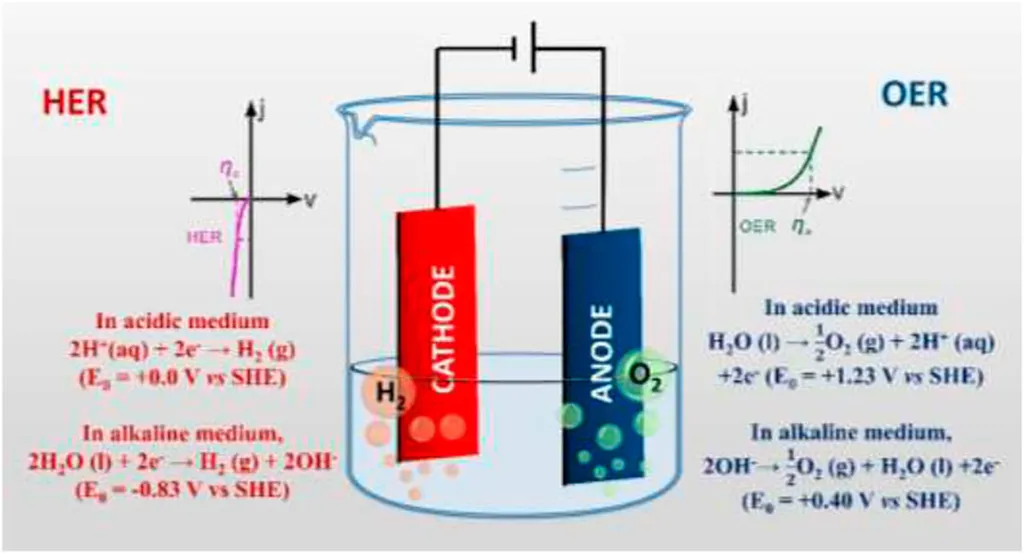In the quest for clean and sustainable energy, researchers have long been exploring ways to improve the efficiency of water oxidation, a critical process in splitting water into hydrogen and oxygen. A recent study published in the journal ACS Materials Au (American Chemical Society Materials in English) offers a promising breakthrough in this area, with potential implications for the energy sector.
The research, led by Rachael Quintin-Baxendale from the Department of Materials at Imperial College London, focuses on the crystal-phase engineering of nanowires and platelets of KxIrO2, a compound that has shown great potential in catalyzing water oxidation. The study demonstrates how manipulating the crystal structure of this material can significantly enhance its performance.
“By carefully controlling the synthesis conditions, we were able to create different crystal phases of KxIrO2,” Quintin-Baxendale explained. “We found that these different phases exhibited varying levels of activity for water oxidation. This opens up new possibilities for designing more efficient catalysts for this crucial process.”
The implications of this research for the energy sector are substantial. Water oxidation is a key step in the production of hydrogen, a clean fuel that can be used in various applications, from powering vehicles to generating electricity. By improving the efficiency of this process, the study paves the way for more cost-effective and sustainable hydrogen production.
Moreover, the findings could have broader impacts on the development of other energy technologies. “Understanding how to control the crystal structure of materials like KxIrO2 can help us design better catalysts for a range of energy conversion and storage processes,” Quintin-Baxendale noted.
The research also highlights the importance of fundamental materials science in driving technological innovation. By delving deep into the properties of materials at the nanoscale, scientists can uncover new ways to harness their potential for practical applications.
As the world continues to seek sustainable energy solutions, breakthroughs like this one offer hope for a cleaner and more efficient energy future. The study published in ACS Materials Au not only advances our understanding of water oxidation but also sets the stage for future developments in the field of energy technology.

